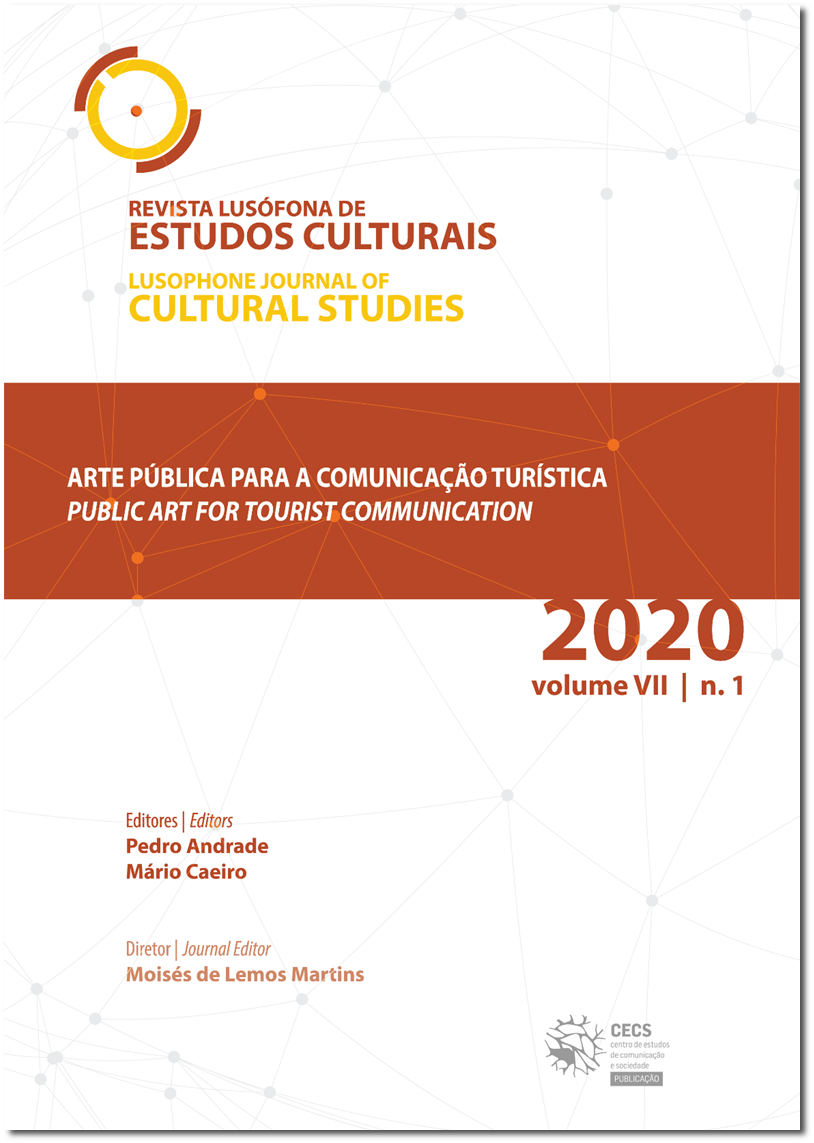Stalder, F. (2018). The digital condition. Cambridge: Polity Press.
DOI:
https://doi.org/10.21814/rlec.2679Abstract
Over the past few decades, the word “digital” has become recurrent in the most diverse discourses and media. Used both as a noun and to qualify different actions, products and experiences, it became part of the everyday lexicon, appearing at the same time as a keyword in numerous projects and scientific articles. Together, these different approaches contributed to a generalized consensus around the idea that digital technologies condition all spheres of contemporary life. But what exactly characterizes the “digital condition” in which we live? If the question was already topical in 2016, when the first edition of Felix Stalder’s book was launched, its relevance is even more evident today...Downloads
References
Castells, M. (2001/2004). A galáxia internet. Reflexões sobre internet, negócios e sociedade. Lisboa: Fundação Calouste Gulbenkian.
Gere, C. (2002/2008). Digital culture. Londres: Reaktion Books.
Lyotard, J.-F. (1979). A condição pós-moderna. Paris: Les Éditions de Minuit.
Olson, M. (2011/2015). Pós-internet: a arte depois da internet. In H. Barranha, S. S. Martins & A. P. Ribeiro (Eds.), Museus sem lugar: ensaios, manifestos e diálogos em rede (pp. 123-136). Lisboa: Instituto de História da Arte, FCSH Universidade Nova de Lisboa. Retirado de http://unplace.org/sites/default/files/museus_sem_lugar.pdf
Pepi, M. (2011) Iconology in the age of the algorithm. Artwrit, VI. Retirado de http://www.artwrit.com/article/iconology-in-the-age-of-the-algorithm/
Downloads
Published
How to Cite
Issue
Section
License
Authors own the copyright, providing the journal with the right of first publication. The work is licensed under a Creative Commons - Atribuição 4.0 Internacional License.












